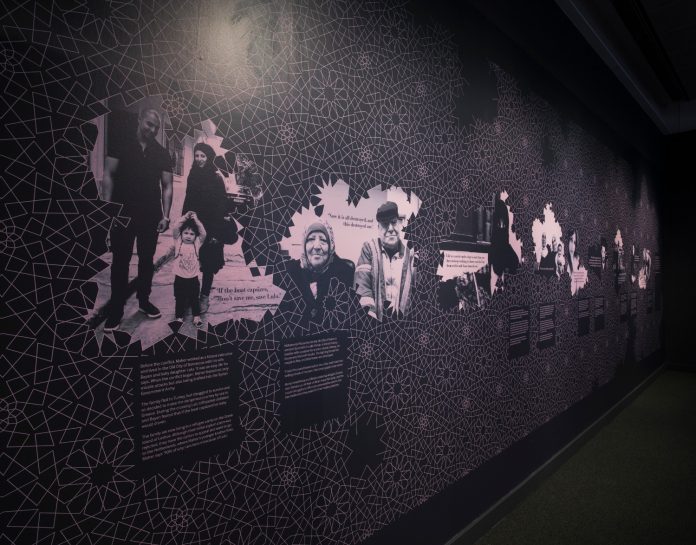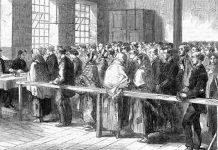
A once stable country has been shattered and hope for the future is in short supply.
A new exhibition has opened at the Imperial War Museum North on Salford Quays ,Syria: Story of a Conflict, an intimate display exploring the origins, escalations and impact of the Syria conflict, which has been co-curated by IWM and Christopher Phillips, Reader of International Relations of the Middle East at Queen Mary University.
Sitting alongside the exhibits is T Sergey Ponomarev: A Lens on Syria, an extensive series of photographs addressing the consequences of the Syria conflict by award-winning Russian documentary photographer Sergey Ponomarev.
As the Arab Spring reached Syria in 2011, a few boys protesting Deraa were arrested and torture after painting revolutionary slogans on a school wall. After security forces opened fire on demonstrators, killing several, more took to the streets.
What followed was a brutal crackdown, more protests, government organised counter demonstrations, the country divides, opposition militia fight and the country had descended into civil war.
With the government having significant forces and backing this became a conflict unlike that in Tunisia and Egypt, radical Islamists, and Kurdish militia and former Al Quaeda fighters under the banner of ISIS.
There are soon multiple battles on multiple front, foriegn powers are involved, chemical weapons, Russia’s airforce props up Assad, US air strikes, Turkey joins in and today over half a million people have died and more than six million have been displaced.
In two parts,visitors will see a street sign recovered from Aleppo riddled with bullet holes and shrapnel, sitting next to dinner plates bearing pictures of Presidents Assad and Putin.
The central feature is the film which in eight minutes attempts gives a concise explanation of the conflict while for those wanting more detail, there is an interactive screen Christopher Phillips explaining some of the issues.
The most poignant part of the exhibition is though the wall of stories of the ordinary people from all sides of the conflict,Raqia from Deraa who fled the country,Mohammed, a Kurd marginalised by the country for years, another Mohammed who lived in Homs.
“I had a 1000 books before the crisis, I lost every paper I ever had.”
“If people come away with something this is what they should remember” says Phillips.
The second part of the exhibition contains the powerful images of Ponomarev’s photojournalism,which won him him the Pulitzer Prize in 2017.
A portrait of Asad sits in a street just 40 metres from the sniper controlled front line in Homs,local shoppers in Damascus during intense fighting a cyclist watches a fire following a mortar explosion , a soldier by the sillohette of the Palmyra arch later destroyed by ISIS
A man drinks from a water tank in front of the ruins of Homs while children play in the ruins, the city a ghost town.
While of course no one can ignore the refugees, on their boats, huddled around fires in Lesbos, the real human cost of this war.
“There were many hard moments, children crying, wanting to eat or sleep or go to the toilet,” says Ponomarev.
The exhibition forms part of a Syrian season at the museum.The season will also present a series of associated events, including an artist residency by creative collective Anagram, exploring information and misinformation relating to the Syria conflict. A series of Conflict Cafés, giving visitors the chance to talk with those who have experienced the conflict firsthand, will also take place.
The exhibition runs until the 28th May Details






